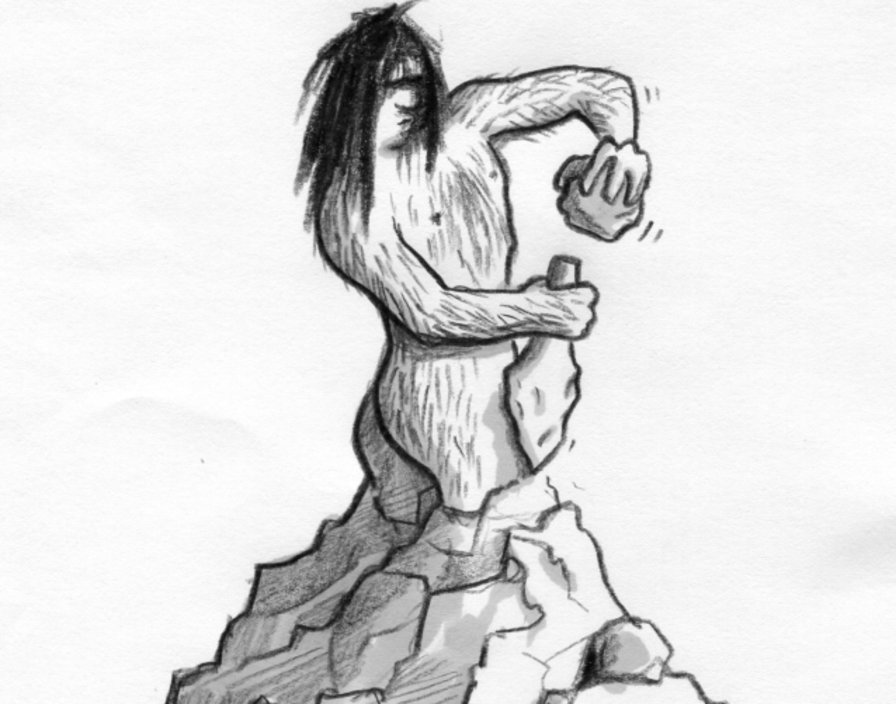Technologies such as mobile phones and SMS seem pretty ordinary to us now, but over an incredibly short amount of time have completely changed how we live our lives, and even how our brains work. This is one example of how what we design, designs us in return – also known as Ontological design.
With the first SMS ever being sent in 1992 and not becoming commercially available until mid to late 90’s, it hasn’t really been around that long. Despite this, it has had an incredible impact on our world. It has also been shown to physically light up different parts of our brains and have influence on memory and other capabilities. Essentially, our brain is adapting to a new medium which we’ve never had before and changing how we interact with the world.
To my mind, these findings closely relate to the observations of Shakespeare’s writings and how his craft and creation of words excites and stimulates our mind. This has been shown through brain imaging technology, which once again lights up differently as to when consuming “common” language. Our brain is forced to work outside the bounds which it is used to, due to his creative use of language.
“adding prefixes and suffixes, connecting words together, borrowing from a foreign language, or by simply inventing them …
An adjective is made into a verb: ‘thick my blood’ (The Winter’s Tale)
A pronoun is made into a noun: ‘the cruellest she alive’ (Twelfth Night)
A noun is made into a verb: ‘He childed as I fathered’ (King Lear)” – Big Think
“instead of rejecting these “syntactic violations,” the brain accepts them, and is excited by the “grammatical oddities” it is experiencing” – Big Think
I have previously discussed, through the implications of augmented reality, how technology can be similar to language in how it informs and shapes our perception of the world. Much like the examples above, which show how our mind is being influenced by changing and developing language, technology is doing the same. In fact the text message example is exclusively enabled by the technological platform.
This leads me to Ontological Design, a concept which I have found fascinating for some time. Ultimately, Ontological Design describes and considers how what we create, creates us in return. Our physical and informational creations which are enabled by our past creations, then in turn change how our mind works. From here, how our mind works and how we identify ourselves then influences what we create thereon.
To explain this further, let me take a step back… way back! I’m talking millions of years back in our evolutionary timeline. When our ancestors evolved to the point of creating tools, our evolution really started to accelerate. They could then hunt and gather much more effectively, meaning they didn’t need such strength and size, which facilitated the development of our high energy consuming brain. Our physical bodies changed due to our creation of our tools.
From there, our tools have continuously influenced our physical form, our mental capacities, as well as our tools and creations therein. Inventions such as the wheel, the boat, computers and the internet have all allowed us a greater ability to collaborate and leverage our collective knowledge. Our tools and ability of storytelling allows each generation and each idea to pick up where the last left off, and carry on.
Taking a step back like this allows us to see how distinctly that cycle of how our experiences influence who/what we are, and who/ what we are influences what we create and experience. Everything we say , do and create is formed and fed back into our experience, shaping the model of the world which we create in our minds.
This concept is why I truly enjoy the world of innovation and design. This is where we form the world we live in, which is actually designing our bodies and minds in return. I am passionate about the use of language and tools to shape who we want to be and actively take control of our own design. From my experiences as a Personal Trainer and Lifestyle Coach, empowering people to become who they want to be, to being fascinated with innovation where new ideas and tools create change, Ontological design is prominent.
I encourage you to consider this in all aspects of your life and consider that what you create will in fact design you in return, no matter how small. We are in a world where your decisions influence creation, even if you are not creating yourself (consider the concept of business and markets).
What tools do you use? (mobile phone, apps, transport)
What do you surround yourself with in your environment? (art, photos, furniture, location)
What do you talk about and how do you use language?
Are you creating things that will design yourself the way you want to be?

One comment